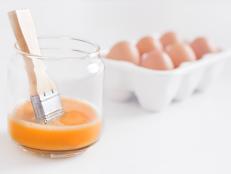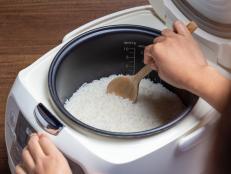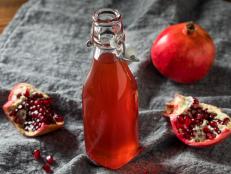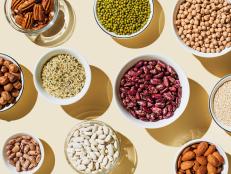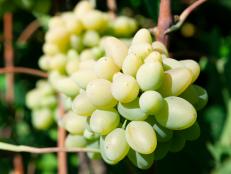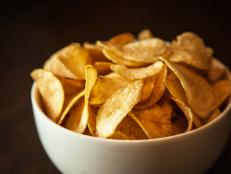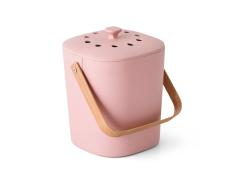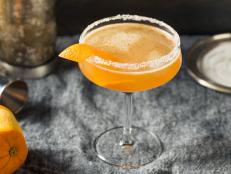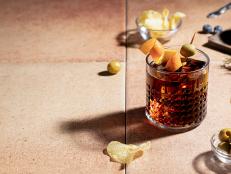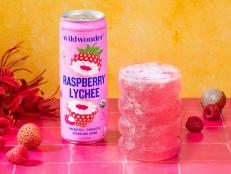Chocolate Tasting Guide
Learn how to taste and select chocolate like a pro.
Chocolate, much like wine or cheese, can vary vastly from brand to brand, and even within brands. The quality of chocolate depends on the origin of cocoa beans, as well as how they are roasted, processed and blended. And, just like wine, there is no definitive right or wrong as far as taste goes; it is a personal preference. With the vast differences among types of chocolate, cocoa percentages and brands, it is helpful to taste chocolates before baking with them to find one whose flavor you enjoy. Here are a few helpful hints for tasting.
Professional chocolate tasters break chocolate down by appearance, aroma, break (how it snaps), melt, taste and aftertaste. Depending on the style of baked good you're making, you may value one or more of these qualities more than others. For example, if you're making truffles, appearance and intensity of flavor is paramount; you want a shiny truffle with a rich chocolate flavor. But with brownies, on the other hand, flavor is still important, but appearance less so.
In any case, all those descriptors can be more easily broken down for home use into taste, texture and aftertaste. You may find the following descriptions helpful for evaluating:
- Roundness
- Fruit qualities (berry, dried fruit, prune, jammy, ripe, overripe, fermented)
- Spices (vanilla, caramel)
- Depth (deep, roasted coffee flavors)
Chocolate Varieties
Bittersweet & Semisweet:
In general, we find that bittersweet and semisweet can be used interchangeably in recipes without altering the outcome. The flavors of each individual chocolate, however, can be quite different, so taste each one before baking with it. If the chocolate is flat and bland, a chocolate mousse made with it is likely to be bland as well.
Although bittersweet lends an intense chocolate flavor, it often lacks the roundness that works well in chocolate mousse or truffles. It's a good choice for recipes such as bundt cake or soufflé, where the chocolate flavor needs to stand up to many other ingredients.
We find semisweet to often have rounder, fruitier qualities that work well in mousses, truffles and any recipe where the outcome depends heavily on the inherent flavor of the chocolate.
Chips & Chunks:
Chocolate chips or chunks are best used only as add-ins to recipes; they shouldn't be used for melting or in the place of chopped bittersweet or semisweet chocolate. These chocolates have a different level of cocoa butter content, as they're designed to hold their shape when baked. As a result, they have a different texture in baked goods from melted baking chocolate.
Unsweetened:
Unsweetened chocolate (chocolate in its rawest tasting form) is unpalatable and therefore hard to taste on its own. This is a case where the appearance (dull or shiny) and the aroma may be your best clues as to its quality, intensity and flavor. Unsweetened chocolate is almost always used in recipes like brownies, where the addition of granulated sugar contributes to the texture of the finished baked good.
Milk & White:
Since milk and white chocolates are less useful in baking, we did not do a taste test. It should also be noted that milk and white chocolate do not carry the health benefits of dark chocolates.
Brands:
The following baking chocolates fared well in our five tasting categories (appearance, aroma, break, melt, taste and aftertaste) and are ranked according to our preferences.
- Lindt Semisweet Chocolate - first choice
- Scharffenberger Semisweet - second choice
- Nestle's Chocolatier [dark] - tied for third
- Baker's Semisweet - tied for third

























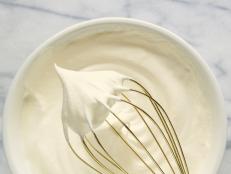
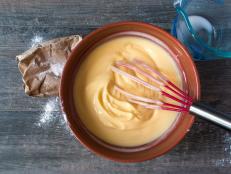

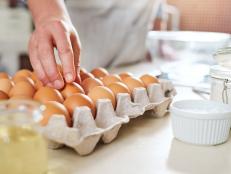

.jpg.rend.hgtvcom.231.174.suffix/1681323015319.jpeg)
